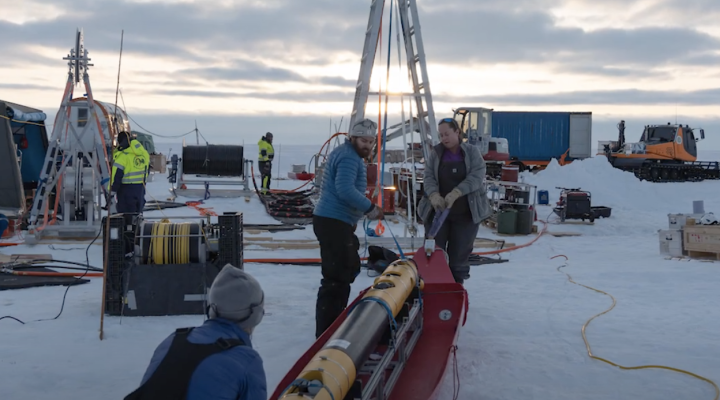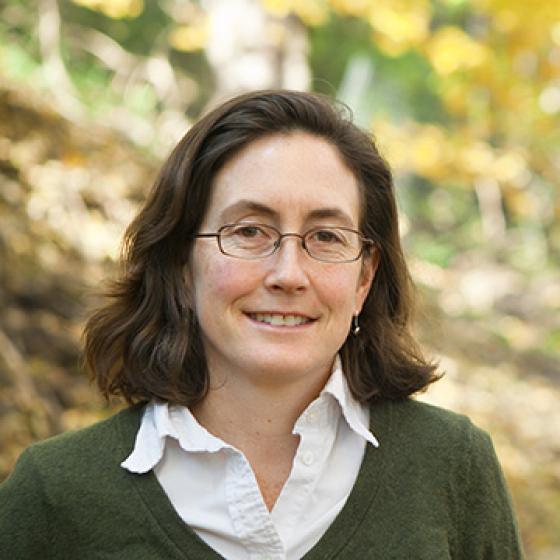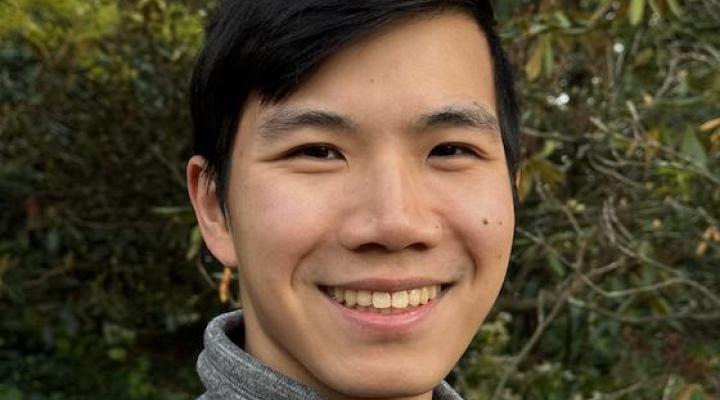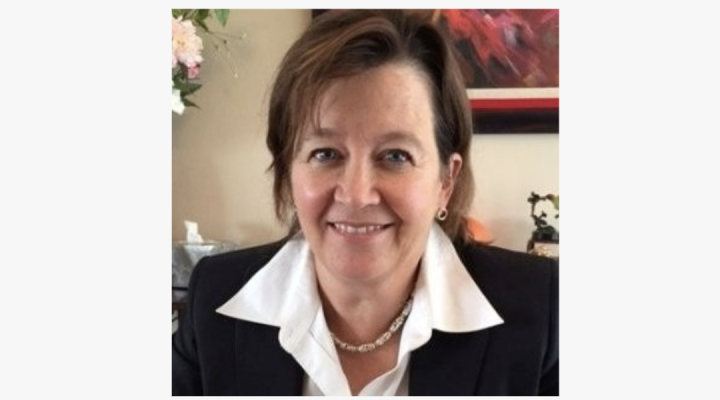Natalie Mahowald, the new chair of Cornell’s Department of Earth and Atmospheric Sciences, is an atmospheric scientist who loves working with people who are not atmospheric scientists. In fact, the chance to work with people outside of her field was a key selling point when she joined the faculty at Cornell back in 2007.
“I was hired with the explicit understanding that I would work with people outside of the department,” Mahowald said. “I really enjoy working in those places where the edges of two or even three fields come together.”
This interest in multiple fields of study has been evident all along in Mahowald’s academic path. She earned undergraduate degrees in German and physics, an M.S. in natural resource policy, and a Ph.D. in meteorology, always going where her interests led her. A stint as a postdoctoral researcher in Sweden showed Mahowald just how rewarding interdisciplinary work can be.
“The project I worked on in Sweden was really appealing to me,” Mahowald said. “I was the atmospheric science person, and there was a terrestrial ecology person; there was a glaciologist; there was a paleoclimate person. Then when we would sit and talk with each other it dawned on me: ‘Oh, we can solve this problem that no one else can.’ I got addicted to collaborations like these.”
The collaboration path has proven to be a fruitful one. Mahowald has close to 600 entries on her Google Scholar page with tens of thousands of citations. More importantly to her, she has been able to engage with some of the most pressing concerns of the modern age while working with many talented researchers.
The focus of her work has always been understanding feedbacks in the Earth system that impact climate change. She uses satellite data, in situ measurements, 3-D global transport and climate models to better understand the very complex systems at work when biogeochemically important materials become airborne.
Mahowald’s work includes studying how past ash from past volcanic eruptions affected the Earth, how airborne plant pathogens put crops at risk, how wildfires can amplify Arctic phytoplankton blooms, and how to identify the sources of airborne plastic. A project Mahowald is very excited about lately involves NASA’s imaging spectrometer called EMIT.
EMIT stands for Earth Surface Mineral Dust Source Investigation. When NASA asked researchers for suggestions on what to use EMIT for almost ten years ago, (before it was even built), Mahowald was on the team that proposed aiming it at the dry regions of the Earth’s surface that have not gotten much scientific scrutiny due to their lack of importance to food production or human settlement. NASA liked this idea.
EMIT was developed at the Jet Propulsion Lab and has been orbiting Earth on the International Space Station since July of 2022. It has been collecting data on the color and composition of the dry and dusty regions of the Earth’s surface that are the source of most of the mineral dust blown up into the atmosphere and often transported thousands of miles. Mahowald is deputy principal investigator on the EMIT project. “The source of the dust in the atmosphere is important; the minerology matters,” Mahowald said. “Dark colored dust absorbs solar radiation and warms the atmosphere. Light colored dust reflects solar radiation and cools the atmosphere.”
Mahowald is currently preparing several papers to share the findings of the EMIT project. From NASA’s perspective this project has been very successful and has already been extended for two more years. The data being gathered by EMIT will help Mahowald and others sharpen their models of dust sources and their effects on climate change. The same instrument can also identify greenhouse gas leaks, which can then lead to immediate and important changes on the ground in real time. For example, EMIT identified sources of methane from landfills and natural gas processing that were then targeted for reductions.
As Mahowald describes the next phase of her work, it is clear that there is no end to the research questions bubbling around in her head. In the past, she has served as the faculty director of Cornell’s Atkinson Center for Sustainability and has experience managing her time and prioritizing her responsibilities so that she can remain productive as a researcher. “I am excited to take on the role of EAS chair and I know I am going to have to be very thoughtful and deliberate about how I spend my time,” Mahowald said. “But the research is just so exciting and my collaborators are so gifted. I can’t wait to see where we take things from here.”





